You may have thought about reviving extinct animals such as dinosaurs and mammoths, like in the movie. Of course, there are not many people trying to revive plants. But in reality, genetic engineering is now trying to revive extinct plants. In fact, attempts to grow date palm seeds 2,000 years ago and bloom Ice Age flowers are already successful. The advantages of reviving extinct plants are the development of new drugs and genetic diversity.
Of course, even though there are many animals and plants that humans have put into extinction, they point out the question of whether it is good for humans to revive themselves. Also, extinction may have a different meaning than animals for plants that produce offspring through self-pollination. However, plants differ from animals in that they can regenerate if only seeds or roots remain in the ground.
Silphium, which was extinct 2,000 years ago due to over-harvesting and overgrazing, but loved by the ancient Romans, is one of the mysterious plants. Sweet and juicy melon varieties that were eaten by ancient Egyptians could also be candidates for resurrection in modern times. It is said that this melon was so delicious that the Pope in the Renaissance era died from overeating.
In the classic Indian Ayurveda, many varieties that do not exist in modern times are described. It is said that extinct carrots with different colors and scents have also been used as medicines such as rituals and preservatives. The technology to revive these ancient extinct plants is now becoming a reality.
There is also data that more than 99% of the species on Earth are already extinct. In the endangered species accumulated in large quantities, of course, useful genes will be hidden somewhere, which is expected to lead to the development of new food sources and drugs. With advances in genetic manipulation technology and genomic information restoration technology, the likelihood of discovering treasures in these past lost genes is gradually increasing.
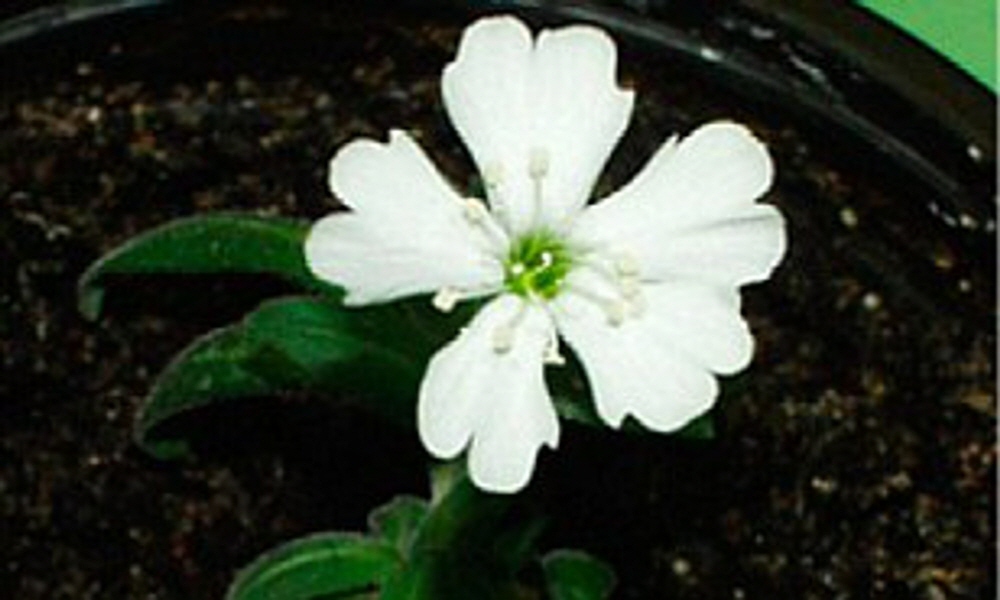
In 2012, a Russian research team reported that squirrels bloomed Ice Age flowers from fruits and seeds buried 30,000 years ago in the banks of the Siberian Kolima River. Still the ancestor of Silene Stenophylla, who still blooms white flowers in the Siberian tundra, the seed of the plant itself did not germinate because it remained frozen in the permafrost. However, the research team succeeded in raising the plant by culturing the placenta tissue collected from the fruit they found at the same time, and succeeded in regenerating the oldest plant in the world.
Silene stenophila regenerated through this study has a different gene expression than the modern one. It was also an opportunity to confirm that the permafrost is a genetic repository of ancient organisms that have disappeared from the Earth.
Prior to this study, it was the date palm named Methuselah that held the world record for revived plants. In 2008, the research team revived the seeds unearthed 2,000 years ago from Masada, a fortress towering in the desert of eastern Isarel. The research team decoded the DNA sequence by extracting genetic information from the rough palm leaves in Masada.
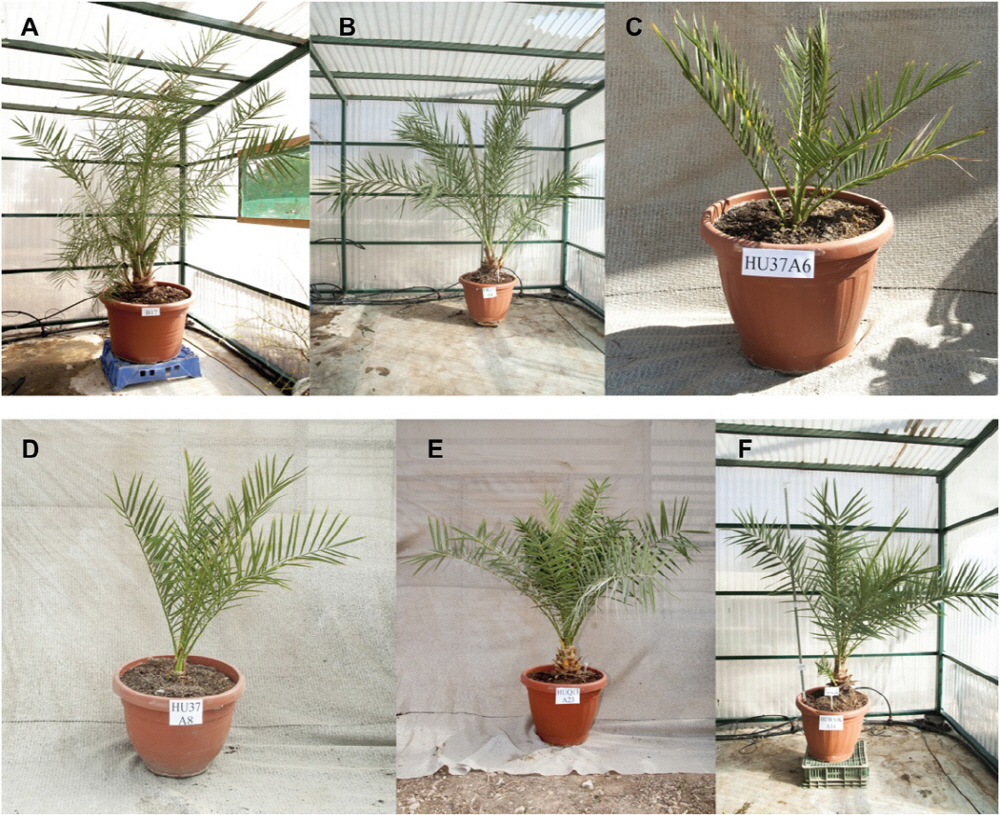
In February 2020, a report of successful germination of six new species was reported to Science Advances. These ancient date palm fruits have been lost for centuries, despite their quality, size, and excellent medicinal properties recorded in ancient literature. Demusela could also have been a necessity for the Jewish warriors who had been raging at Masada during the war. Reviving an object of such value can be meaningful in many ways.
However, being able to revive a precious date palm like Demusella is a lucky lottery. No matter how valuable a plant in history is to be restored, it is difficult to find seeds and filter out seeds that have the ability to germinate. Organic substances such as seeds are originally consumed and recycled by other animals. Surprisingly, however, most of the ancient plants subject to botanical archaeological studies are burnt burnt. Burnt charred seeds are barely left to the present day because they do not decay, are not food for animals, and cannot germinate.
In other words, a seed like Methuselah is a lucky example. Seeds can survive only in extreme conditions such as desert-like climates, permafrost, and lake bottom clay. Of course, even with these good conditions, most seeds are lost or lose their life spirit over time.
Seed banks were created 100 years ago to preserve biodiversity for agriculture and science. Most seeds only last about 10 years, so you have to grow them regularly to get new seeds. It is difficult to grow all seeds because time and place are limited. It is pointed out that even if the seeds of extinct plants have already been stored, they often lose their viability without cultivating them.
Nevertheless, the study of extinct plants is an untapped resource for mankind. Since the method of regenerating plants by sowing old seeds such as Methuselah is not very efficient, using CRISPR-Cas9 or genome editing techniques used for DNA restoration, theoretically, extracting genetic information from ancient plants and inserting them into modern seeds It could also be possible.
It is worth trying to revive a variety that has already become extinct or a variety that has been cultivated before but has disappeared in the modern era. This is because cultivars that have been traditionally cultivated from the past, cultivars that have already disappeared, and even crops that are not cultivated may have excellent resistance to environmental changes such as climate change. Following in the footsteps of agriculture over the past 100 years, irrigation technologies have developed, artificial fertilizers have become dependent, and crop yields have risen dramatically, undermining genetic diversity. In this situation, agriculture is becoming unsustainable due to too much dependence on capital facilities, and there is no resistance to infectious diseases, pests, and natural disasters.
Climate change is making farmhouses around the world difficult now, with record-breaking heat across the globe. In this case, reviving the old crop may gain resistance that modern varieties do not. One research team restored genetic information from barley seeds grown in ancient Nubia. This barley variety grew in the hottest climates of Africa, such as northern Sudan, but suddenly disappeared before the Middle Ages.
The research team succeeded in extracting and purifying DNA through a chemical reaction from the powder obtained by grinding this barley seed with a mortar. Of course, it was carefully tilted to prevent contamination by mixing other seeds. In fact, such contamination would be a concern for ancient biological researchers. In 1967, a study found that old seeds had blossomed, but in 2009, pollution was found, and the analysis revealed that the seeds considered to be Godin’s are modern.
Nubian barley can be clearly seen by analyzing its DNA sequence. As a result, they discovered gene clusters that are not present in modern barley and speculated that they were suitable for being involved in metabolism and perhaps to be resistant to drying. In theory, these gene clusters could be manipulated and injected into modern barley DNA to make barley suitable even in dry climates.
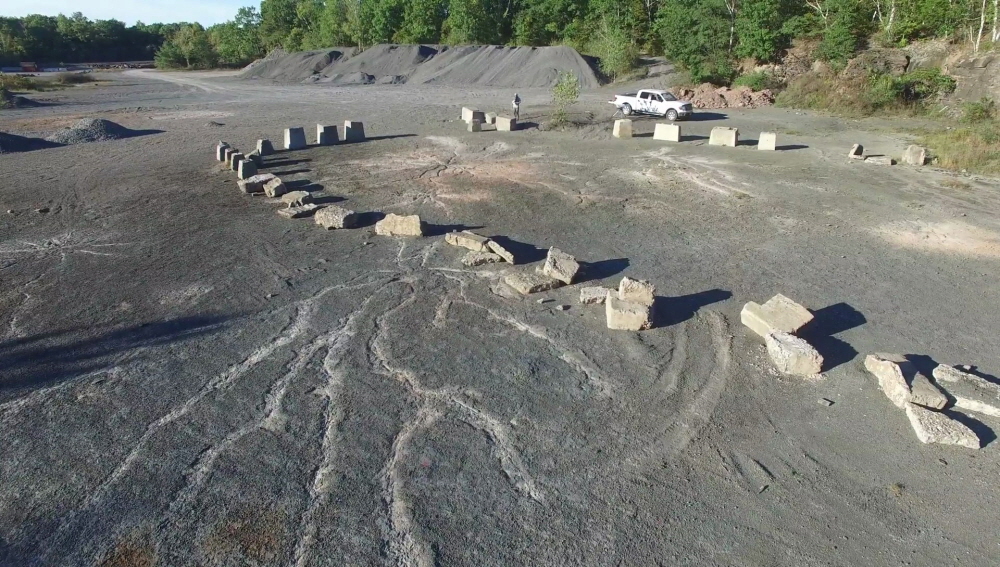
However, the method of injecting ancient plant DNA into modern offspring seems to be effective in restoring lost biodiversity, but practical use may be limited. For example, the Gilboa tree found in Gilboa, a city in upstate New York, was a plant with a giant fern-like tree trunk that flourished during the Devonian period, and was found in a group of root fossils that seem to be 385 million years ago.
However, since DNA degrades over time, the Gilboa tree has passed too long for modern restoration. Plants dating back to the Devonian period have already become petrified and patterns engraved on the surface of rocks, so that the leaves, stems, cells, and DNA that were originally composed of plants are all mineralized.
The limits of how old organisms can be harvested are still unknown. As research progresses, attempts to restore the genome by assembling increasingly old DNA succeed. In 2019, some researchers reported that they succeeded in extracting DNA from teeth 1.7 million years ago.
Of course, plants are not easy. The oldest plant to date has been found in frozen sediments unearthed 300,000 years ago in Greenland. In an ice-trapped area, you’re lucky to find plant DNA thousands of years ago.
However, even if plant DNA was restored thousands of years ago, attempts to plant endangered species DNA into modern seeds are still not underway. The work is not easy, and in fields such as agriculture and crop cultivation, where crop varieties are improved, they are far from the field of analyzing ancient crop DNA sequences, so they are not cooperating with each other. Until now, the work of restoring ancient plant DNA is an area of inquiry.
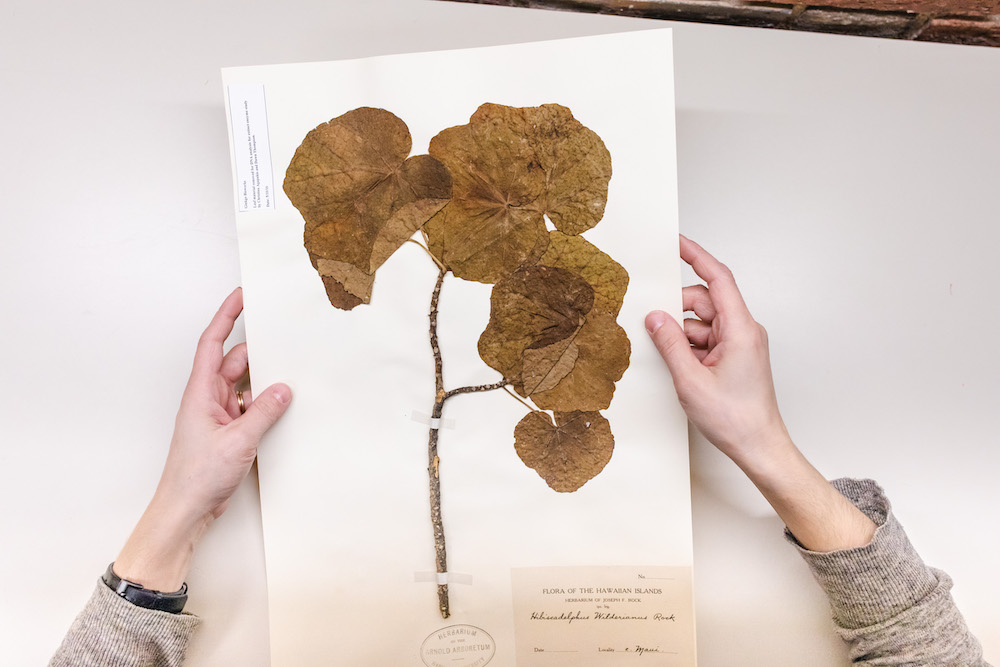
On the other hand, they use old plant DNA to make practical, technically interesting attempts. Boston-based Synthetic Biology Research Institute, Ginkgo Bioworks, announced in 2019 that it has reproduced the floral scent of extinct plants. One of the two scents reproduced is the species Hibiscadelphus wilderianus, which once grew naturally on the island of Hawaii. It is said that it was in 1912 that the last tree was found dead due to overgrazing after the beginning of colonial rule.
The research team says that the study started with the question of whether it is possible to smell extinct plants. He explains that it contains the meaning of feeling through art something that cannot be experienced without synthetic biology, and it is the result of wanting to express an accidental encounter that has already disappeared but suddenly appears like a ghost.
The research team found and cut hibiscus leaves in a herbarium at Harvard University to extract genetic information. The analyzed DNA sequence was compared with the existing hibiscus DNA sequence to identify the gene encoding the chemical component that causes the fragrance of flowers.
The fragrance gene was reprogrammed into the yeast genome without transplanting the existing hibiscus. Genetically modified yeast releases aroma components when sugar is consumed. It is explained that it was possible to separate and collect the fragrance components produced by yeast scientifically, so that the collected liquid could be purified.
Research like this highlights an important point. It is not necessary to regenerate whole plants in order to know the taste of the fruit that has become a thing of the past and smell the flower. In theory, even if it is not a fragrance, it is possible to partially regenerate only those that are useful to humans, such as resinous toxins and secretions, from the DNA sequence of plants.
However, there may be no suggestion to develop new drugs through extinct plants. This is because it is much faster to collect the right thing from existing plants and the reality is that even the existing plants are not covered. Also, it is possible that the reason why plants are extinct is because there are few useful things in probability. Plants that have advantages for humans may have been cultivated already. Recycling extinct plants may help in product development. It’s not easy to know in advance if a plant to revive will be useful.
Nevertheless, rather than reviving clones of extinct plants and animals, research like this has the potential to help protect the current endangered species. If we can read genomic information from a DNA sequence and analyze which genes are linked to which behavior or physical trait, it is theoretically possible for endangered species to genetically engineer to respond to climate change. When living things become extinct, ecosystems become unstable. These unstable ecosystems, like a chain reaction, can put more organisms on the verge of extinction. In this case, techniques like this can help.
According to the 2019 journal Nature Ecology and Evolution, more than 500 plant species have become extinct over the past 250 years. The actual number will be higher as it is an estimate. Of course, it can be said that extinction now means evolution or change, or gradually disappearing rather than meaning that everything disappears in an instant. Nevertheless, the exploration of plant diversity shows the potential to lead to new discoveries in the process of re-recognizing previously lost treasures. Related information can be found here .

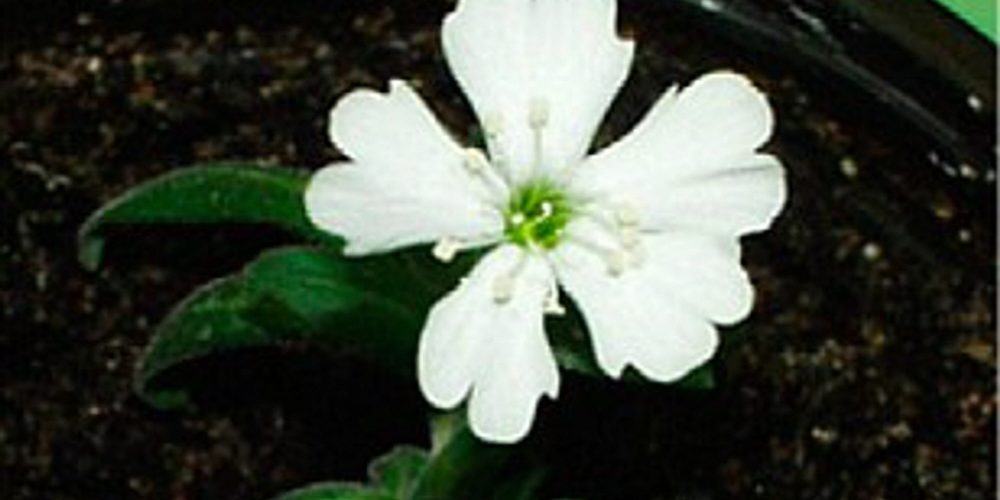
















Add comment